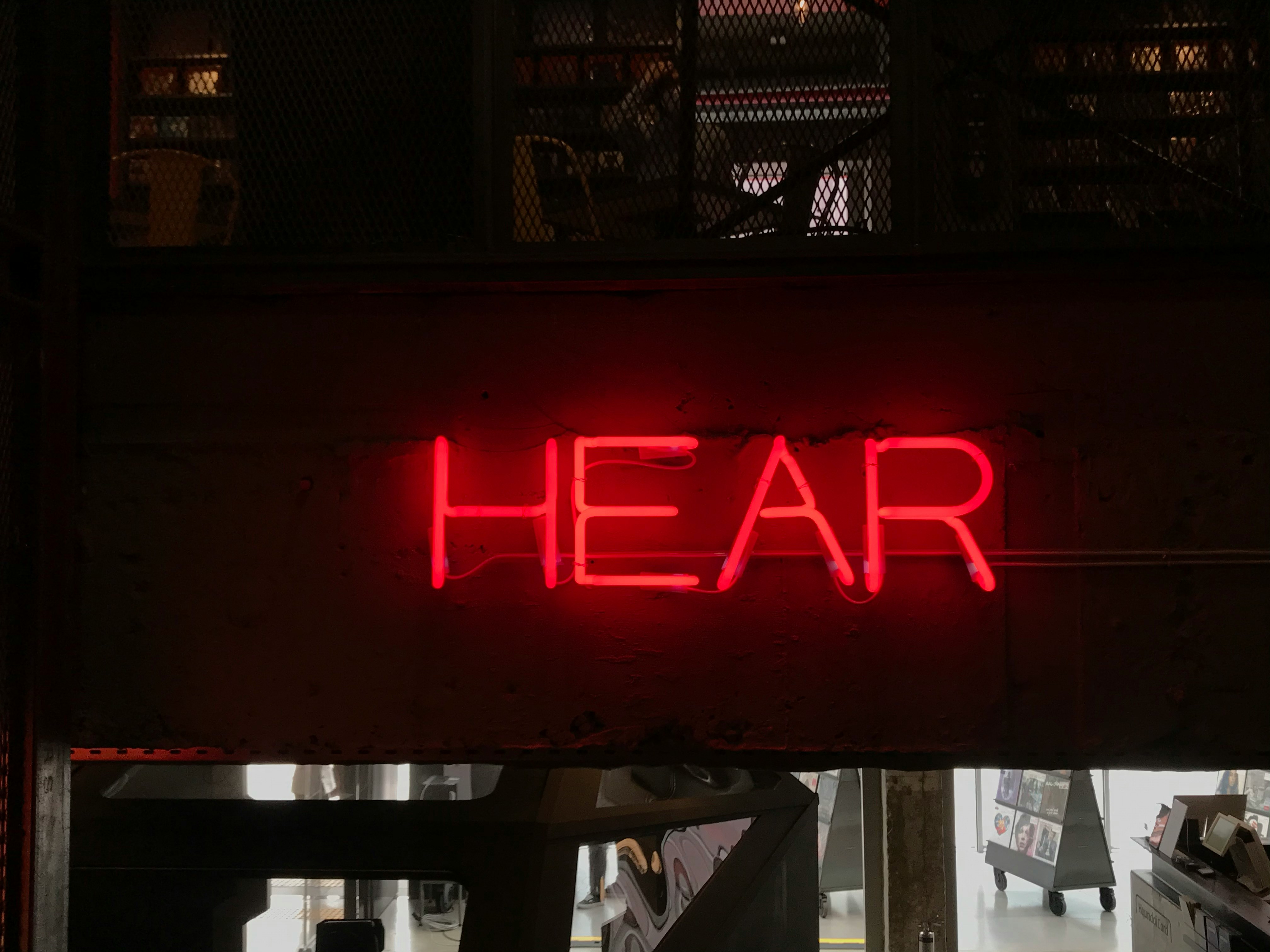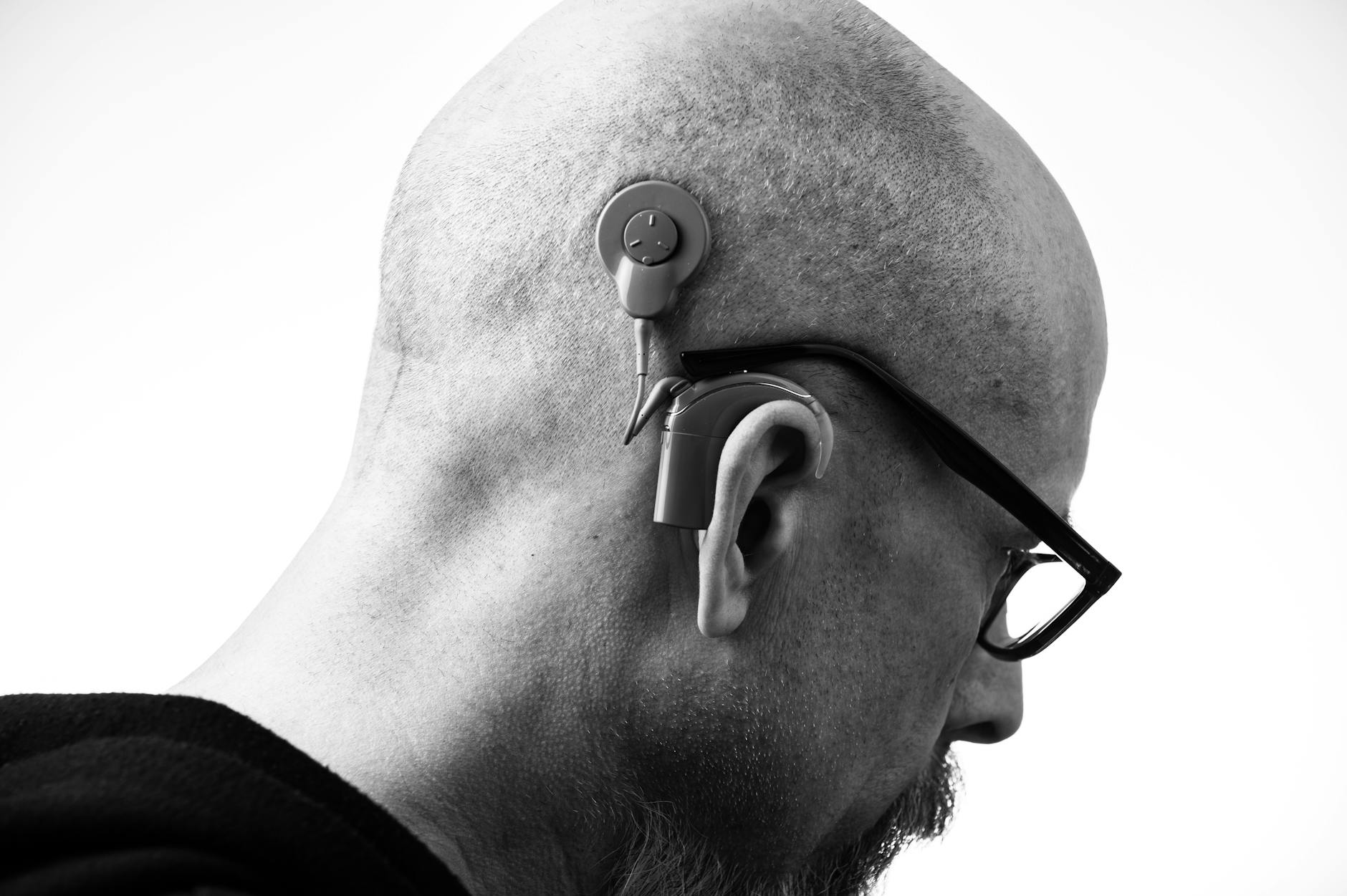If you’ve noticed ringing, muffled hearing, sound sensitivity, or ear pressure lingering after a COVID infection, you are far from alone. Researchers are actively studying how SARS‑CoV‑2 can affect the ear and hearing pathways, and while there’s still plenty we don’t know, useful patterns are emerging. This guide translates the latest science into clear next steps—what symptoms to watch, what tests can help, and how to protect your hearing while you recover.
The quick take
- Yes, COVID and Long COVID can be associated with tinnitus, hearing changes, ear fullness, and dizziness in some people. Estimates vary widely across studies.
- Proposed causes include inflammation, immune dysregulation, circulation changes, and, in lab models, possible direct effects on inner ear cells.
- Standard hearing tests may be normal even when you notice real-world listening problems; extended high-frequency testing and speech-in-noise measures can reveal subtle issues.
- Sudden hearing loss in one ear is an ear emergency—seek urgent ENT care within 24–72 hours.
- Most post-viral ear symptoms improve over time. Audiologists can help reduce tinnitus distress, restore clarity, and protect your hearing during recovery.
What people report after COVID
Across multiple studies and reviews, the most frequently reported ear and hearing symptoms after COVID (acute or long) include:
- Tinnitus: Ringing, buzzing, hissing, or tonal sounds in one or both ears, often fluctuating.
- Hearing changes: Muffled hearing, difficulty understanding speech (especially in noise), or, less commonly, sudden loss in one ear.
- Hyperacusis and sound distortion: Sounds feel uncomfortably loud or sharp, or music/speech seems “off.”
- Aural fullness/pressure: That clogged, “under water,” or airplane ear sensation.
- Balance or dizziness: Lightheadedness, vertigo, or motion sensitivity (the vestibular system shares close ties with the inner ear).
How common are these symptoms? It depends on how you count. Some studies use medical records; others rely on self-reports. Systematic reviews suggest tinnitus and hearing complaints can affect a minority of people post-COVID, with estimates often ranging from the low single digits up to the teens in percentage terms. Many symptoms fade over weeks to months, though a subset persist and deserve tailored care.
Why might COVID affect hearing?
Several mechanisms are under study, and more than one may be at play in a given person:
- Inflammation and immune dysregulation: A heightened immune response during or after infection can temporarily change how the ear and brain process sound. In some cases, immune activity can impact the delicate structures of the inner ear.
- Microvascular effects: The inner ear relies on tiny blood vessels. COVID has been linked with blood flow and clotting changes, which could stress inner ear tissues or the auditory nerve.
- Direct cellular effects (lab evidence): In human cell and organoid models, SARS‑CoV‑2 can enter inner ear cells. This doesn’t prove it happens in every patient, but it offers a plausible pathway for some cases.
- Autoimmune triggers: After some infections, the immune system can briefly misidentify self-tissues. The inner ear is a rare target, but it’s a recognized phenomenon in otology research.
- Eustachian tube and middle ear: Nasal inflammation can hinder pressure equalization and fluid clearance, making ears feel clogged or full.
- Indirect factors: ICU stays, certain medications, fever, stress, sleep disruption, and increased noise exposure (e.g., headphones) may contribute to ear and hearing symptoms during recovery.
What hearing tests can show after COVID
Traditional clinic tests focus on speech frequencies (250–8000 Hz). Yet early post-viral changes sometimes show up elsewhere. Consider asking your audiologist about:
- Extended high-frequency audiometry (EHF): Tests frequencies above 8 kHz that can change sooner than standard ranges. Subtle EHF shifts may correlate with “normal audiogram but still can’t follow conversation” complaints.
- Speech-in-noise testing: Measures how well you understand speech against background noise—often the first area people notice trouble.
- Otoacoustic emissions (OAEs): A sensitive, noninvasive test of outer hair cell function. Reduced OAE amplitude can indicate stress to the cochlea even if your audiogram is normal.
- Auditory brainstem response (ABR): In some research settings, changes in early ABR waves may hint at synaptic or neural stress; clinically, ABR can also rule out other issues.
- Vestibular testing: If dizziness or imbalance persists, vestibular assessment can pinpoint which balance pathways need therapy.
Having a thorough baseline now can help you track improvement and guide targeted rehabilitation.
When it’s urgent
Most ear symptoms after viruses are not emergencies—but sudden, significant hearing loss in one ear is different. If you notice a rapid drop in hearing (often with ringing or fullness) over hours to a couple of days, seek urgent ENT or emergency care. Early treatment, when appropriate, is time-sensitive.
Practical steps you can take now
1) Document your symptoms and patterns
- Note onset date, severity, triggers (stress, caffeine, certain noises), and what helps.
- Track whether one ear or both are involved, and whether balance issues co-occur.
2) Book a comprehensive hearing evaluation
- Ask about including extended high-frequency testing, otoacoustic emissions, and speech-in-noise measures when available.
- Share your COVID timeline, medications you took, and any prior ear history.
Gentle nudge: An audiologist can translate your lived experience into measurable findings, then tailor a plan to reduce distress and improve clarity.
3) Manage tinnitus with proven tools
- Sound enrichment: Keep a soft, steady background sound (fan, nature sound app, or dedicated sound generator). Complete silence can make tinnitus seem louder.
- Hearing aids (if hearing is reduced): Amplification often lowers tinnitus intrusiveness by restoring ambient sound and reducing listening effort.
- Skills training: Cognitive-behavioral therapy (CBT), mindfulness, and sleep support are well-backed approaches to reduce tinnitus-related distress.
4) Rebuild sound tolerance (if everything feels too loud)
- Avoid overprotecting with earplugs in everyday environments; it can backfire by increasing sensitivity.
- Use a gradual, guided sound exposure plan with an audiologist to desensitize safely.
5) Protect—don’t isolate—your ears
- Use hearing protection in loud settings (concerts, power tools, stadiums), but choose comfortable, appropriately rated plugs and avoid wearing them all day in quiet places.
- Set personal devices at or below 60% volume, and take listening breaks.
6) Support recovery with whole-health habits
- Prioritize consistent sleep, hydration, and nutrition; these stabilize the auditory system.
- Manage cardiovascular risk factors (blood pressure, glucose, cholesterol) with your primary care clinician; the inner ear thrives on healthy circulation.
- Stay current with recommended COVID vaccinations; reducing reinfection and Long COVID risk may indirectly protect your hearing.
What recovery looks like
For many, ear symptoms gradually improve across weeks to months as inflammation settles and the brain recalibrates. Tinnitus often becomes less intrusive, and sound tolerance returns. If hearing changes persist, modern hearing technology and targeted therapy can significantly improve day-to-day communication and comfort. A small subset will have longer-term symptoms—early, steady support makes a difference.
How hearing aids can help after COVID
If testing shows a measurable hearing change—even a mild one—well-fit hearing aids can reduce strain and restore clarity. Many models include sound therapy for tinnitus, adjustable through an app or with your audiologist. Key features that help in the real world:
- Directional microphones and noise reduction: Improve speech understanding in restaurants and meetings.
- Bluetooth connectivity: Direct-stream calming soundscapes for tinnitus or take calls clearly.
- Remote care: Virtual follow-ups make fine-tuning easier during recovery.
Tip: Ask your audiologist to measure speech-in-noise performance with and without amplification so you can see the difference on day one.
What research is underway
Large initiatives are tracking Long COVID’s multi-system effects and include audiovestibular outcomes. Scientists are exploring:
- Who’s most at risk: Genetics, coexisting conditions, and the role of repeated infections.
- Better biomarkers: Objective measures (like OAEs, ABR metrics, extended high-frequency thresholds) that can flag early auditory stress.
- Targeted treatments: Trials of anti-inflammatory strategies, tinnitus-focused therapies, and rehabilitation programs to reduce listening fatigue and improve cognition.
Bottom line: While some questions remain, the toolkit to evaluate and manage post-viral ear symptoms is strong—and getting stronger.
Preparing for your audiology or ENT visit
- Bring a timeline of your COVID infections, vaccines, and symptom changes.
- List medications and supplements taken during illness and recovery.
- Describe your toughest listening situations (e.g., meetings, family dinners) and any dizziness.
- Ask about extended high-frequency testing, OAEs, and speech-in-noise assessment.
- Discuss a stepwise plan: immediate strategies, follow-up testing intervals, and what success will look like for you.
If ear symptoms are disrupting your life, you deserve a tailored plan. An audiologist can be your partner in getting there.
What we still don’t know
- Exactly how often COVID causes lasting hearing changes (better-designed, longer-term studies are underway).
- Which mechanisms dominate in different people (inflammation vs. vascular vs. neural synapses, etc.).
- Who benefits most from specific therapies and at what time points.
Science is catching up. In the meantime, you can act on what we do know—measure, protect, rehabilitate, and follow up.
The bottom line
Post-COVID ear symptoms are real, increasingly understood, and treatable in meaningful ways. If you’re hearing ringing or struggling to follow conversations, don’t wait it out in silence. Get a comprehensive hearing evaluation, protect your ears from extra noise, and use the tools—sound therapy, counseling, and, when appropriate, amplification—that help you feel like yourself again.
Frequently Asked Questions
Can COVID cause permanent hearing loss?
Most ear and hearing symptoms after viral illness improve over time, but a small subset can persist. Early evaluation helps distinguish temporary changes from conditions that need urgent attention. If you notice a sudden drop in hearing in one ear, seek ENT care immediately—time can matter for treatment. For ongoing tinnitus or listening difficulty, an audiologist can measure what’s happening and build a plan to improve day-to-day function.
I have tinnitus after COVID. Will it go away?
Many people report that tinnitus fades or becomes less intrusive across weeks to months. You don’t have to wait passively—sound enrichment, sleep support, and skills-based approaches like CBT can reduce distress, and hearing aids often help when there’s any hearing reduction. If tinnitus is disruptive, a consult with an audiologist is a good next step.
Do COVID vaccines cause tinnitus or hearing loss?
Large safety monitoring systems have not shown a clear increase in tinnitus or hearing loss beyond background rates after vaccination. Individual reports exist, but they appear rare. Vaccination reduces the risk of severe disease and Long COVID, which may indirectly protect hearing. If you notice new ear symptoms after any vaccine, discuss them with your clinician and consider a hearing check.
Is it safe to fly if I have ear pressure after COVID?
If you’re feeling clogged or full, flying can be uncomfortable. Techniques like nasal saline, gentle Valsalva, swallowing, or filtered earplugs can help during ascent and descent. If pressure is severe, painful, or came on suddenly with hearing changes, check in with an ENT or audiologist before travel.
References
- NIH RECOVER Initiative: Researching COVID to Enhance Recovery
- WHO: Post COVID-19 condition
- NIDCD: Tinnitus – causes and management



